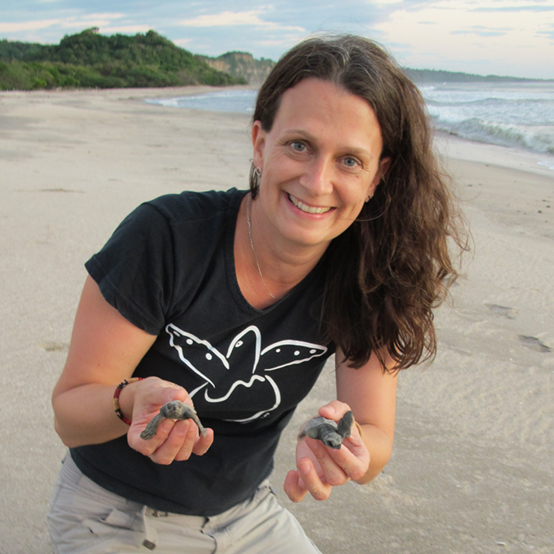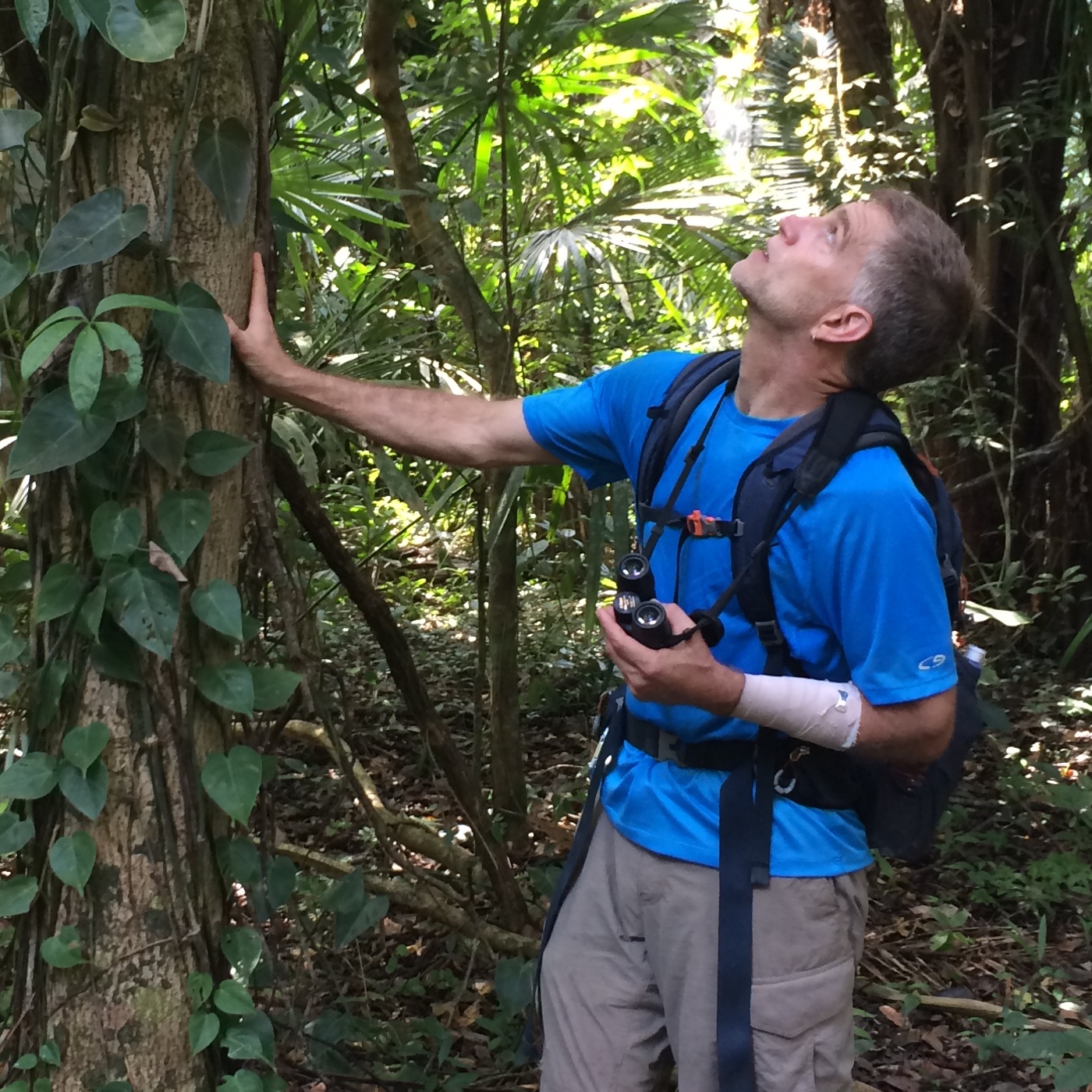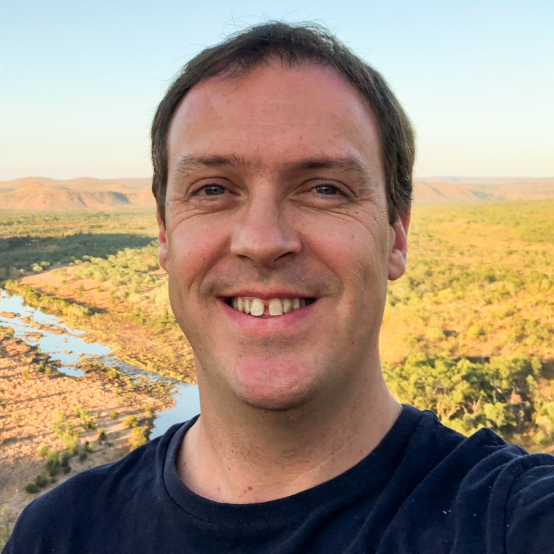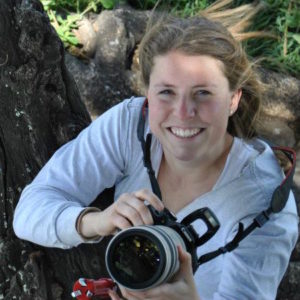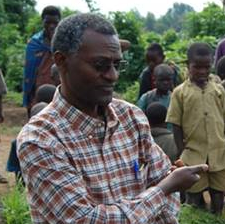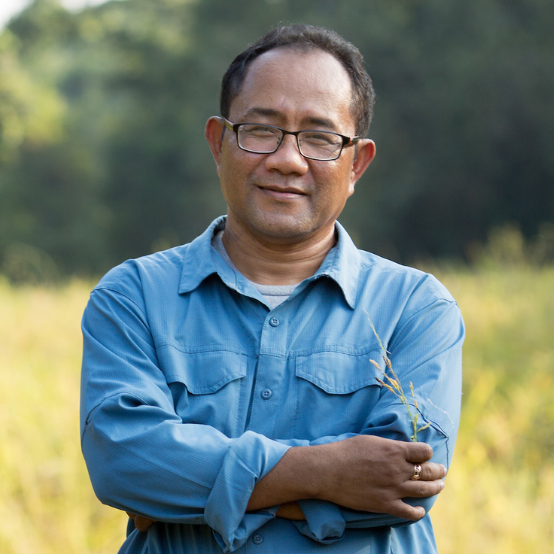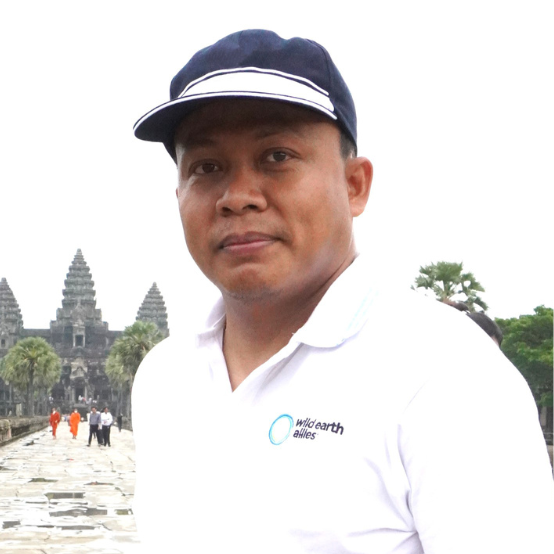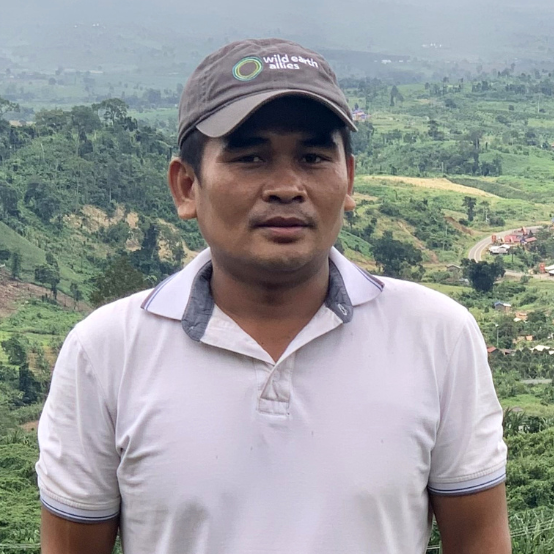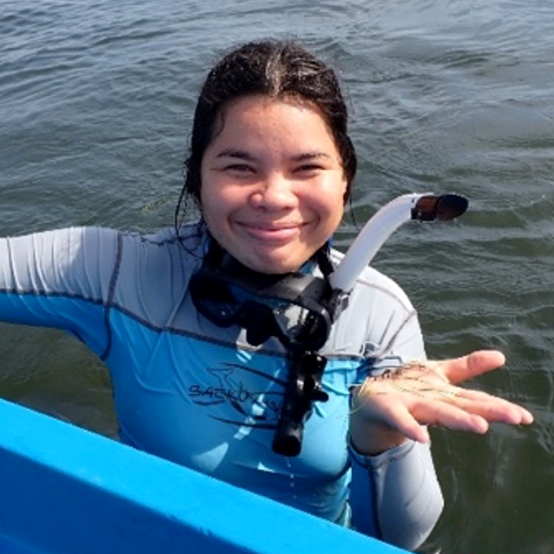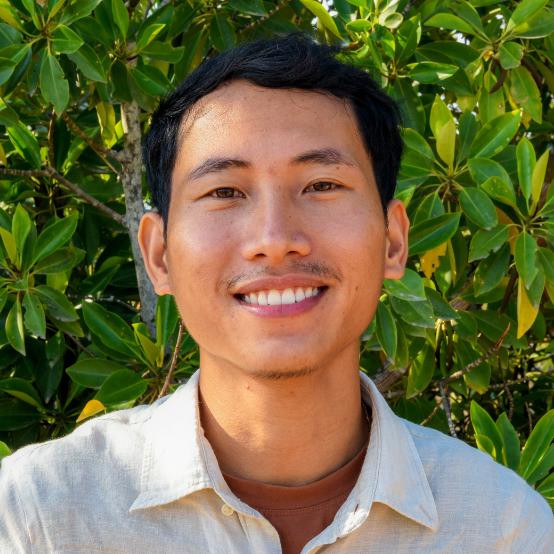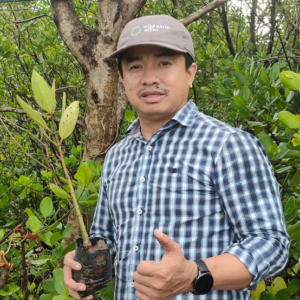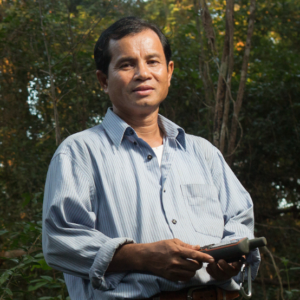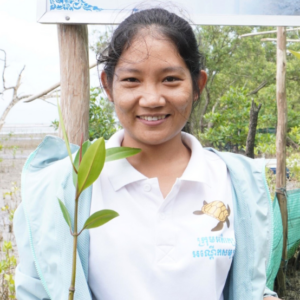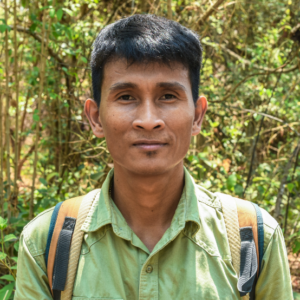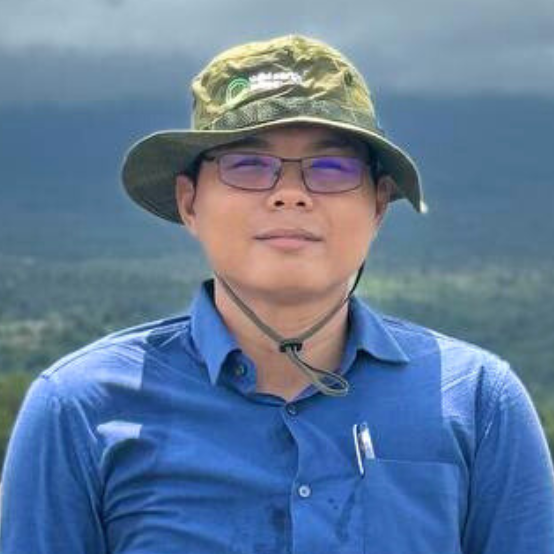An interview with Cambodia Program Director Tuy Sereivathana (Vathana)
Vathana recently came to Washington, D.C. to attend the National Geographic Explorer’s Festival. He is a recipient of the 2010 Goldman Environmental Prize and was named a 2011 National Geographic Emerging Explorer. We asked Vathana to share some insights on how his work has evolved since then, and why he’s optimistic about conservation for Asian elephants and other species in Cambodia.
How has your approach to conservation changed since 2011 (when you were named an Emerging Explorer)?
When I returned to Cambodia after being named an Emerging Explorer, I moved into a more senior management position which meant I didn’t spend as much time in the field with elephants. However, in this new position, I learned more about other species conservation initiatives because I was responsible for our entire program, not just elephants. This evolution was positive for me personally and for conservation in Cambodia, as I am able to meet with decision makers in the Cambodian government as well as local stakeholders and international conservation partners.
I spent a lot of time in the field in the past when I was a young team leader, and now as Program Director for Wild Earth Allies I am able to apply what I learned in the field and share these lessons with government colleagues to improve environmental policy in Cambodia.
Why was it significant for you to attend the Explorer’s Festival and present a one-minute Lightning Talk on your work in Cambodia, alongside other Explorers?
The Explorer’s Festival was a great opportunity to engage with other experts in the field of wildlife conservation and other important fields. I learn from other Explorers, because they all want to discover something new. I’m able to use the new knowledge I gained there and integrate it with my work. As part of my work in Cambodia, I am invited to speak to students several times a year to inspire them to love elephants and forests, so presenting my Lightning Talk at National Geographic was a good skill to develop.
What are some of your takeaways from attending the Festival this year?
I travel a lot in Asia, including Thailand, Malaysia and Indonesia, but less often to other parts of the world. At the Festival I shared a table with wildlife conservationists from Africa and was able to learn about their problems and solutions and share my experience of 20 years of conservation in Asia. We can all bring these insights back to our own programs. I felt for my colleagues in Africa who are experiencing similar conservation challenges that I face in Cambodia, but I regain hope through talking with them about solutions.
I hope in two years I can come back and present a scientific report of what we have discovered about the conservation status of Asian elephants in Prey Lang forest. I want to analyze population dynamics and elephants’ use of important habitat areas such as mineral salt licks. I hope we can share with people the story and the results of our research and protection efforts for Asian elephants.
Working as Program Director, I put 100 percent of myself into this work, but sometimes I forget about what’s in my heart, which is the local community and the elephants. Thanks to improved technology and the ability to stay connected remotely, I now have the opportunity to spend more time in the field again. The Festival has reignited and recharged my passion to do fieldwork.
What is the current status of Asian elephants in Cambodia in Prey Lang Forest?
The elephant population in Prey Lang has declined compared to 50 years ago because of habitat fragmentation and disturbance. Fragmentation leads to isolation for elephants and makes migration much more difficult as elephants are afraid to move because of lack of forest cover. Through recent camera trap monitoring, we have observed young elephants, including newborns, in the forest. However, with increased isolation there is a danger of losing genetic diversity which results in declining health of a population. We have also observed large footprints of bulls which is a positive sign, but we need pictures to confirm individuals to understand population dynamics. If we get this information, we can share it with the government to work on habitat restoration and protection in key areas.
I’m also concerned about climate change, because some dry seasons are becoming too dry. It used to rain a little during the dry season, but now some ponds and streams that used to be permanent are gone during the dry season.
But we have hope, because stakeholders, including government partners are realizing the importance of Prey Lang. The government gave us really good news when they designated Prey Lang Forest as a wildlife sanctuary, which covers more than 400,000 hectares. We will continue to collect ecological information and document the importance of Prey Lang. The government also just established a wildlife corridor plan, to connect protected areas to one another. We need to restore these key corridors while also managing core areas of the wildlife sanctuary.
Our team at Wild Earth Allies will share a report with the government to help inform the wildlife management plan in Prey Lang. We are doing on the ground research to make this happen.
How does Asian elephant conservation benefit other species and biodiversity?
Elephants uncover the mineral salt licks so that other wildlife can access them, by digging up sediment with their feet. They remember where the salt licks are and uncover them. They also trample the ground to get groundwater to come up. Elephants are a key ambassador for the forest. They disperse seeds and create trails through the forest that are used by other animals. Conservation of elephants benefits the species around them.




